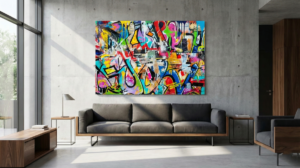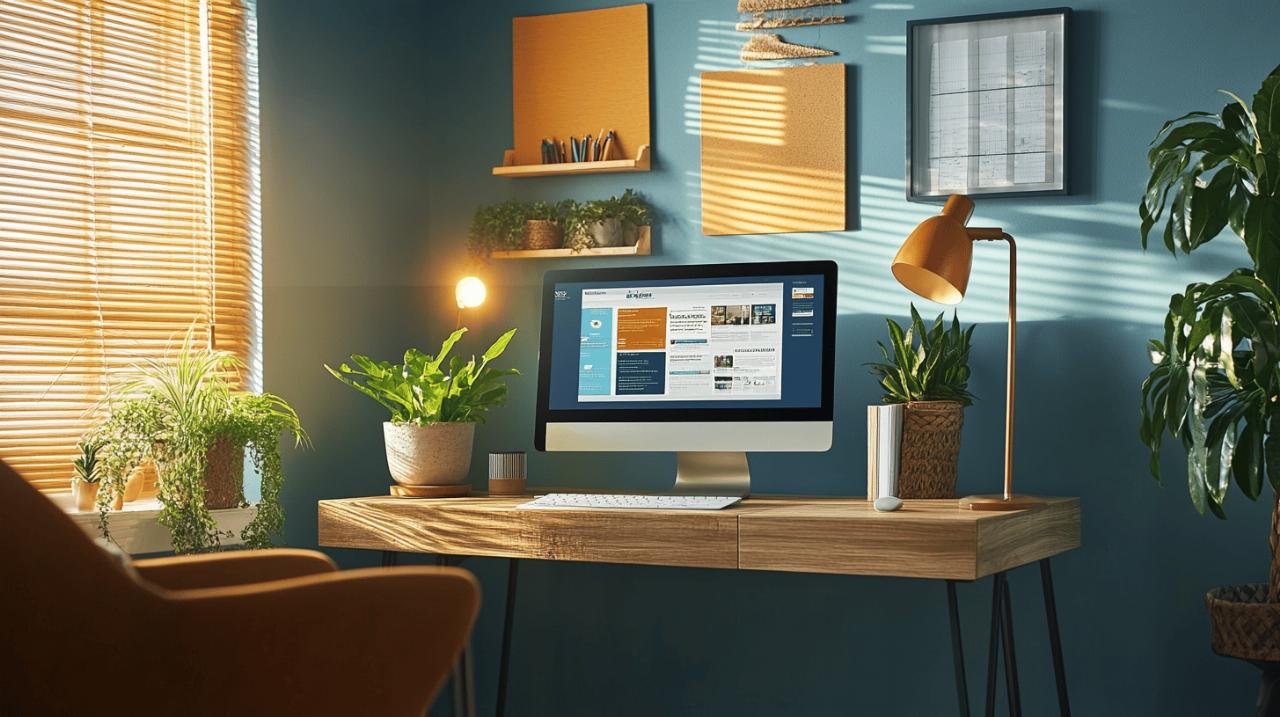Visual heat maps are revolutionizing how online B2C stores understand customer behavior and improve their websites to drive sales. These powerful visualization tools create color-coded representations of user interactions, giving store owners unprecedented insights into what captures attention and what gets ignored.
Understanding visual heat maps in e-commerce
Visual heat maps in e-commerce are graphical representations that show how visitors interact with online stores. Using a color spectrum where red indicates high engagement and blue shows minimal interaction, these maps aggregate data from multiple user sessions to identify patterns. Modern heat mapping tools have become essential for store owners seeking to make data-driven decisions about their website design and functionality.
Types of heat maps for tracking user engagement
Several heat map varieties offer unique perspectives on user behavior. Click maps display where users tap or click, revealing which elements attract attention and which are being ignored. Scroll maps indicate how far down a page visitors travel, helping identify content visibility issues. Move maps track cursor movements across desktop screens, showing hesitation points and areas of interest. Punto Log analysis enhances these visual reports by providing deeper insights into user journey patterns, enabling store owners to detect problematic navigation paths that might be hampering conversions.
Data interpretation techniques for actionable insights
Extracting value from heat map data requires strategic analysis. When examining results, focus on identifying high-engagement zones that could benefit from stronger calls-to-action. Look for rage clicks that signal user frustration with non-functioning elements. Compare desktop versus mobile heat maps to spot device-specific issues. Many successful e-commerce businesses integrate heat map analysis with A/B testing to validate optimization hypotheses. For instance, Trampoline Plezier increased their clickthrough rate from 22% to over 33% simply by adding strategically placed CTA buttons based on heat map insights.
Implementing heat map analysis for revenue growth
Visual heat maps have become an essential tool for online B2C stores looking to maximize their conversion rates. These powerful analytics tools provide color-coded visualizations that reveal exactly how visitors interact with your website – showing where they click, how far they scroll, and where their cursor moves. By translating complex user behavior data into intuitive visual representations, heat maps offer actionable insights that can directly impact your store's revenue growth.
Heat maps come in three main varieties: click maps showing where users tap or click, scroll maps indicating how far down the page visitors travel, and move maps tracking cursor movements across desktop screens. When properly implemented, this visual data analysis gives B2C store owners a clear picture of user engagement patterns that traditional analytics might miss.
Strategic placement of CTAs based on user attention patterns
One of the most significant opportunities heat maps offer is optimizing call-to-action (CTA) placement based on user attention patterns. Data shows that strategically positioned CTAs can increase clickthrough rates dramatically – as demonstrated by Trampoline Plezier, which boosted its rate from 22% to over 33% simply by adding CTA buttons at the top of blog posts.
Heat map analysis reveals exactly which areas of your pages receive the most attention, enabling you to position CTAs where users naturally focus. This data-driven approach eliminates guesswork in CTA placement. By analyzing click maps, you can identify if visitors are missing important buttons or being distracted by less important elements. The Content Marketing Institute reports that clear, well-placed CTAs can increase conversions by up to 97%.
For mobile optimization, which is crucial considering mobile ecommerce represents over 30% of all ecommerce spending in the US and over 70% globally, heat maps provide invaluable insights. Companies like The Good have leveraged mobile heat map data to decrease bounce rates by 8% and increase time on site by 84% by simplifying mobile menus based on user behavior patterns.
Product layout optimization using scroll and click data
Scroll maps reveal exactly how far down your pages visitors are willing to go, highlighting the critical fold line where engagement begins to drop. This information is vital for product layout optimization. Epiphany used scroll map insights to increase Time4sleep's mobile conversion rate by 63% by adding filtering options at the top of the page where users were most engaged.
Click maps help identify which product elements receive the most attention and which are being overlooked. This data enables you to design better product pages by understanding if visitors are expanding product descriptions, clicking through image galleries, or engaging with pricing information. For instance, Turum-burum increased Intertop's ecommerce conversion rate by over 55% by adding filters that helped visitors find products more quickly based on heat map insights.
Cart abandonment, which averages around 69.23% according to Baymard Institute research, can be significantly reduced through heat map analysis. By examining click patterns on checkout pages, you can identify potential friction points, distractions, or confusing elements that cause shoppers to leave without completing their purchase.
When combined with A/B testing, heat maps become even more powerful. By filtering heat map data by test variation, you can understand exactly why certain designs perform better than others, providing deeper insights than conversion metrics alone. This approach allows for continuous refinement of your store layout based on actual user behavior rather than assumptions.
Visual heat maps transform raw user behavior data into actionable insights that directly impact your bottom line. By implementing heat map analysis for your B2C online store, you gain the visual intelligence needed to optimize every aspect of your customer journey, from initial engagement to final conversion.






